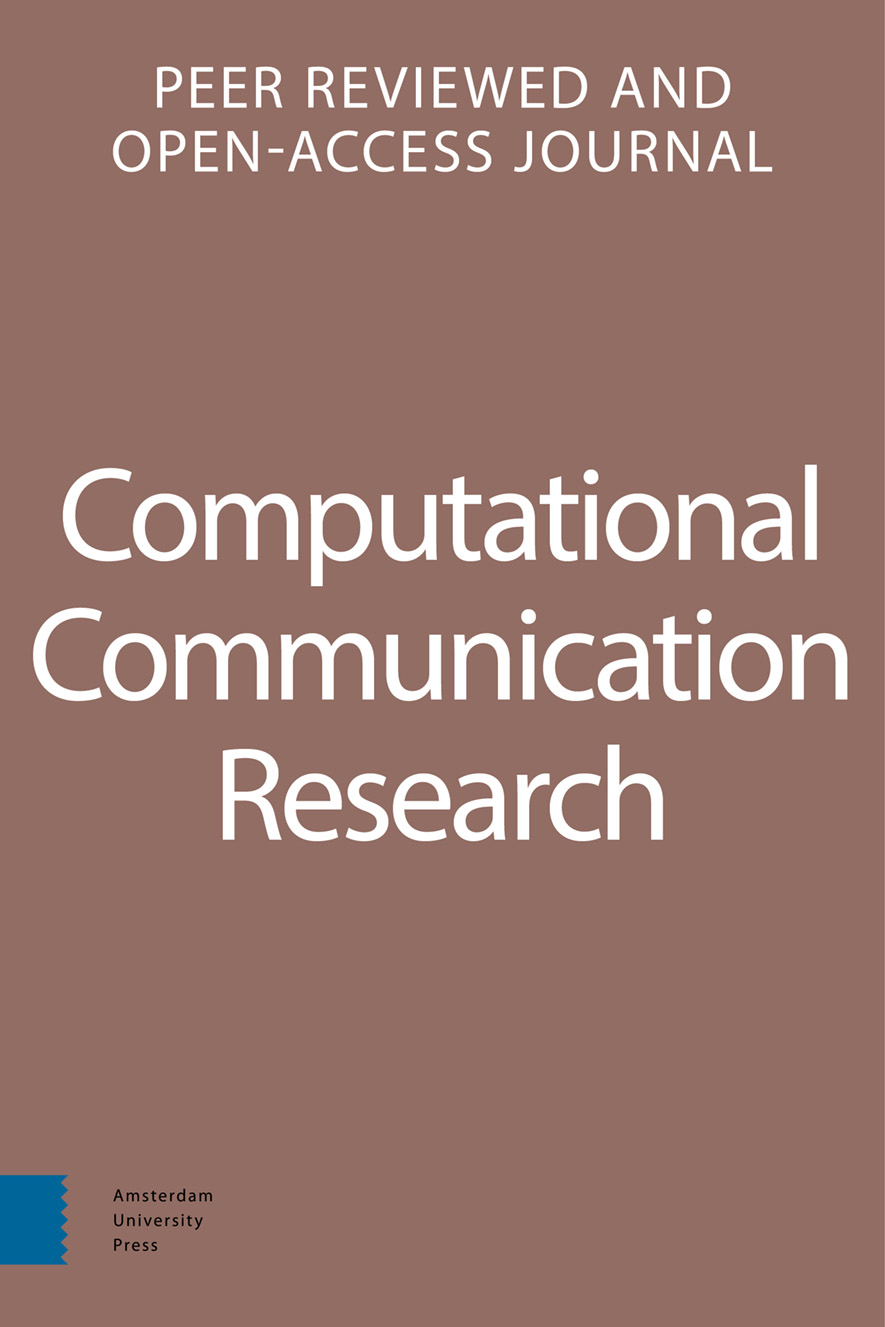-
oa OSD2F: An Open-Source Data Donation Framework
- Amsterdam University Press
- Source: Computational Communication Research, Volume 4, Issue 2, Oct 2022, p. 372 - 387
-
- 01 Oct 2022
- Previous Article
- Table of Contents
- Next Article
Abstract
The digital traces that people leave through their use of various online platforms provide tremendous opportunities for studying human behavior. However, the collection of these data is hampered by legal, ethical, and technical challenges. We present a framework and tool for collecting these data through a data donation platform where consenting participants can securely submit their digital traces. This approach leverages recent developments in data rights that have given people more control over their own data, such as legislation that now mandates companies to make digital trace data available on request in a machine-readable format. By transparently requesting access to specific parts of this data for clearly communicated academic purposes, the data ownership and privacy of participants is respected, and researchers are less dependent on commercial organizations that store this data in proprietary archives. In this paper we outline the general design principles, the current state of the tool, and future development goals.


